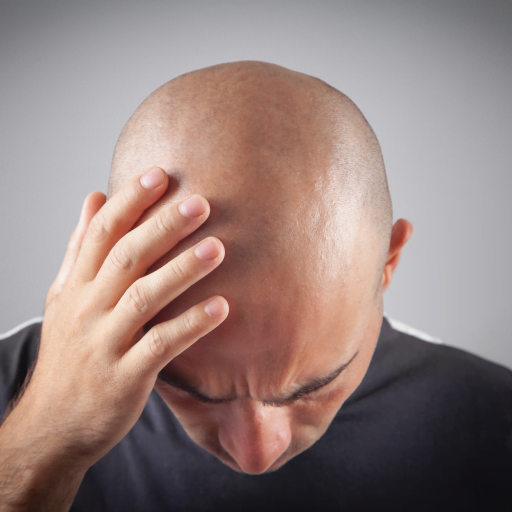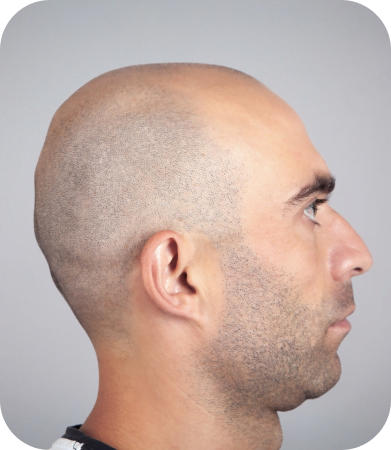




Some medical professionals believe sex hormones contribute significantly to male pattern baldness. This condition is linked to significantly high levels of dihydrotestosterone (DHT), which comprises a class of male sex hormones known as androgen. Having high amounts of androgen can result in increased hair growth in addition to making you lose hair more rapidly and earlier.
DHT can pair up with hair follicle receptors in the scalp, which can result in them shrinking and producing fewer hairs. When the DHT-sensitive follicles produce fewer hairs, the area of the scalp with these types of follicles appears to thin out. Eventually, these follicles will produce thinner, shorter, and finer hairs, or they quit producing hair completely.
High levels of androgens that include DHT can shrink hair follicles and shorten the hair growth cycle. This phenomenon can also lengthen the time required for the follicles to grow any new hairs once the old hairs drop out.
While some medical professionals believe sensitivity to DHT contributes to male pattern hair loss, treatments are available which can decrease the incidence of male pattern baldness by specifically targeting DHT. These treatments can make you feel more confident and bring back lost self-esteem.
Do you find yourself losing hair at a rate faster than you were before? Talk with a hair transplant specialist to discuss the underlying cause that disrupts the stages of hair growth.
If you’re experiencing male pattern baldness, you don’t have to lose hope. Several treatment options exist for male pattern baldness.